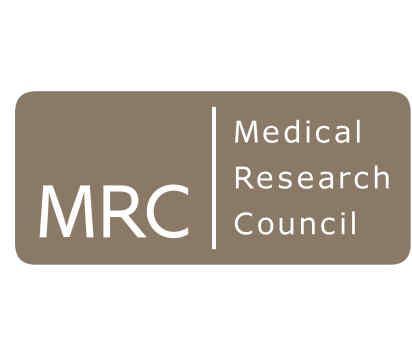BibTex format
@article{Karaman:2016:10.1021/acs.jproteome.6b00125,
author = {Karaman, I and Ferreira, DL and Boulange, CL and Kaluarachchi, MR and Herrington, D and Dona, AC and Castagné, R and Moayyeri, A and Lehne, B and Loh, M and de, Vries PS and Dehghan, A and Franco, O and Hofman, A and Evangelou, E and Tzoulaki, I and Elliott, P and Lindon, JC and Ebbels, TM},
doi = {10.1021/acs.jproteome.6b00125},
journal = {Journal of Proteome Research},
pages = {4188--4194},
title = {A workflow for integrated processing of multi-cohort untargeted 1H NMR metabolomics data in large scale metabolic epidemiology},
url = {http://dx.doi.org/10.1021/acs.jproteome.6b00125},
volume = {15},
year = {2016}
}
RIS format (EndNote, RefMan)
TY - JOUR
AB - Large-scale metabolomics studies involving thousands of samples present multiple challenges in data analysis, particularly when an untargeted platform is used. Studies with multiple cohorts and analysis platforms exacerbate existing problems such as peak alignment and normalization. Therefore, there is a need for robust processing pipelines which can ensure reliable data for statistical analysis. The COMBI-BIO project incorporates serum from approximately 8000 individuals, in 3 cohorts, profiled by 6 assays in 2 phases using both 1H-NMR and UPLC-MS. Here we present the COMBI-BIO NMR analysis pipeline and demonstrate its fitness for purpose using representative quality control (QC) samples. NMR spectra were first aligned and normalized. After eliminating interfering signals, outliers identified using Hotelling’s T2 were removed and a cohort/phase adjustment was applied, resulting in two NMR datasets (CPMG and NOESY). Alignment of the NMR data was shown to increase the correlation-based alignment quality measure from 0.319 to 0.391 for CPMG and from 0.536 to 0.586 for NOESY, showing that the improvement was present across both large and small peaks. End-to-end quality assessment of the pipeline was achieved using Hotelling’s T2 distributions. For CPMG spectra, the interquartile range decreased from 1.425 in raw QC data to 0.679 in processed spectra, while the corresponding change for NOESY spectra was from 0.795 to 0.636 indicating an improvement in precision following processing. PCA indicated that gross phase and cohort differences were no longer present. These results illustrate that the pipeline produces robust and reproducible data, successfully addressing the methodological challenges of this large multi-faceted study.
AU - Karaman,I
AU - Ferreira,DL
AU - Boulange,CL
AU - Kaluarachchi,MR
AU - Herrington,D
AU - Dona,AC
AU - Castagné,R
AU - Moayyeri,A
AU - Lehne,B
AU - Loh,M
AU - de,Vries PS
AU - Dehghan,A
AU - Franco,O
AU - Hofman,A
AU - Evangelou,E
AU - Tzoulaki,I
AU - Elliott,P
AU - Lindon,JC
AU - Ebbels,TM
DO - 10.1021/acs.jproteome.6b00125
EP - 4194
PY - 2016///
SN - 1535-3907
SP - 4188
TI - A workflow for integrated processing of multi-cohort untargeted 1H NMR metabolomics data in large scale metabolic epidemiology
T2 - Journal of Proteome Research
UR - http://dx.doi.org/10.1021/acs.jproteome.6b00125
VL - 15
ER -
